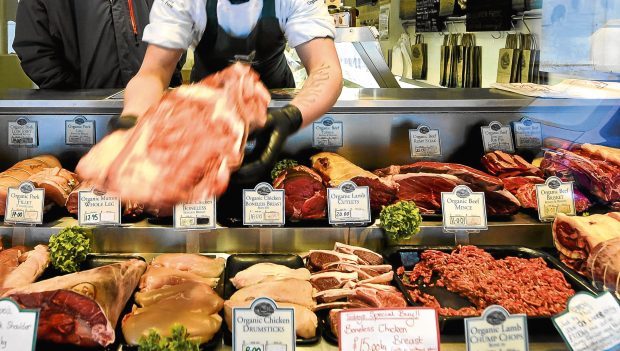A growing level of public mistrust in the food supply chain has been revealed by a NFU Mutual survey.
Research by the rural insurer reveals that almost nine out of 10 people in the UK do not trust foreign food chains, and only 12% have confidence in the European food chain and 7% in global food suppliers. The NFU Mutual Food Fraud Report also revealed that nearly three-quarters of people – 72% – believe there is an issue with food fraud in the UK, while a third said they were less trusting of food than they were five years ago.
More than a quarter of people said they had personally experienced food fraud, and almost half said the most common cause of reduced confidence in the food supply chain was hearing about high profile food fraud cases, such as the horsemeat scandal, in the media.
The least trusted product types were processed foods, red meat and supplements.
NFU Mutual retail sector specialist Frank Woods said: “There has never been a more important time for tackling food fraud and getting regulation right as we plan to leave the European Union, but government proposals for where we will get our food from are already under tough scrutiny from industry and consumers alike with concerns over skilled workers and quality.
“Our research exposes the damaging effect that various influencers have had on consumer confidence over time. Much of the industry is addressing this by changing its supply strategy and supporting British produce – likely to be popular with a majority of consumers who want to support local businesses on home soil as shown in our research. How British farmers, producers, retailers and caterers will be supported and enabled to deliver the quantity of food required and improve consumer confidence remains to be seen.”
He said the report was commissioned to help understand the challenges facing businesses working across the “field to fork” supply chain.
